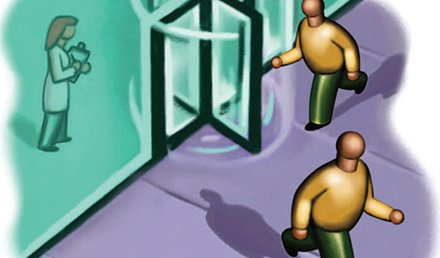Urgent message: Urinary tract infections are a common cause of abdominal pain and a common presenting complaint in urgent care. Proper diagnosis, treatment, and patient education on preventive measures are key to optimal outcomes. William Gluckman, DO, MBA, FACEP, Karen Keaney Gluckman, MSN, APN, C, CWCN, CCCN The global term urinary tract infection (UTI) incorporates cystitis and infection involving the bladder (a lower tract source), as well as pyelonephritis, an infection involving the kidneys (an …
Read More



